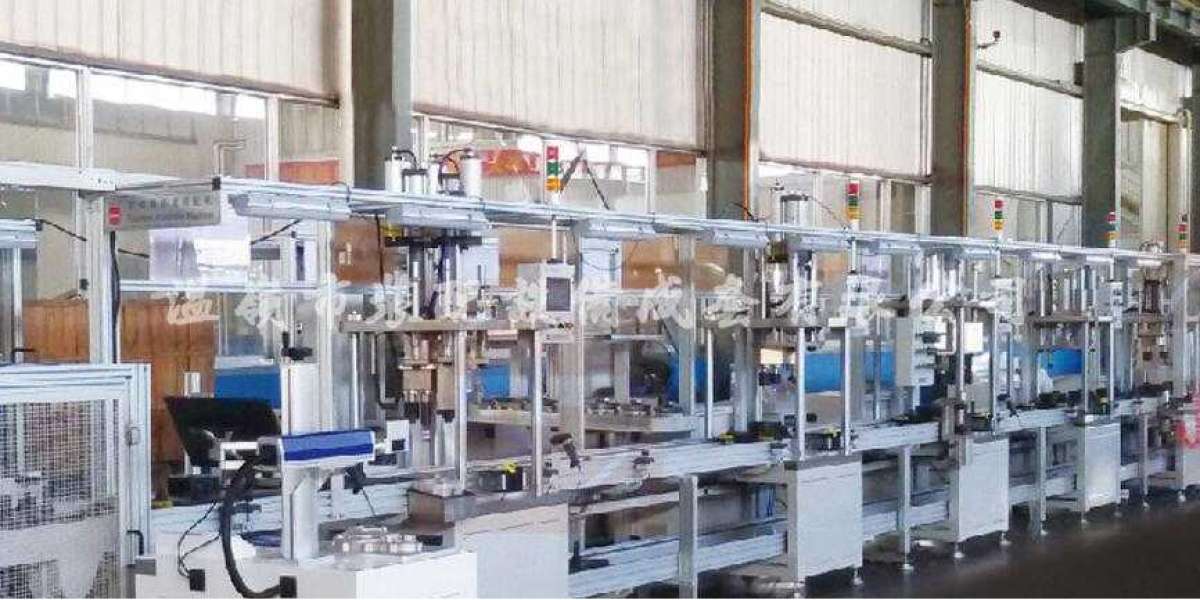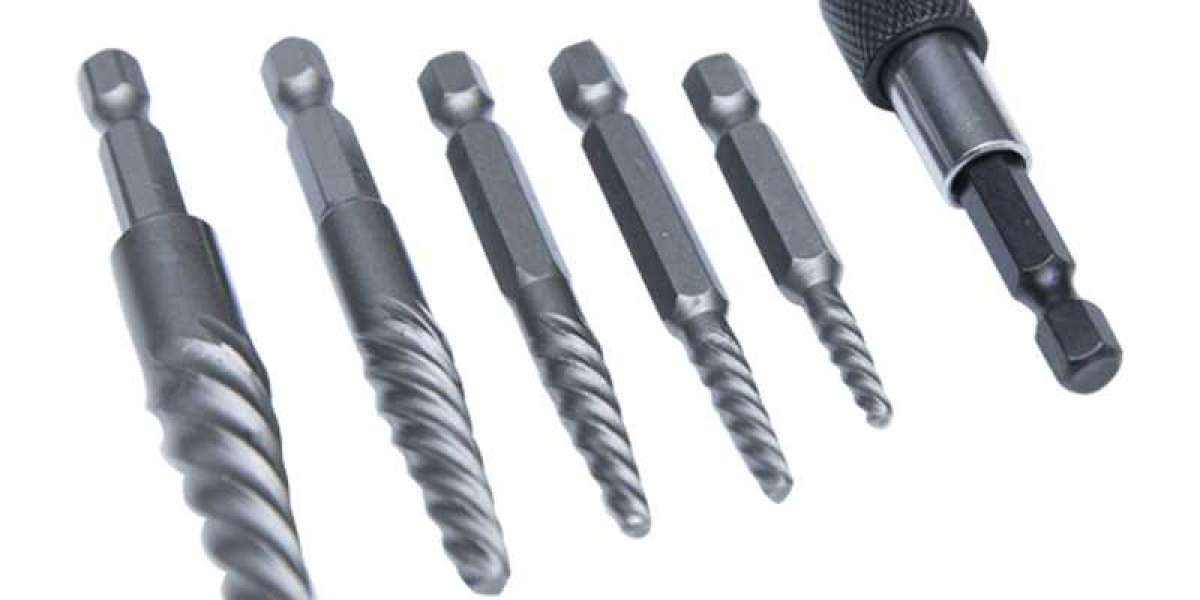Hurry up and wait. Waiting is part of everyday life. We wait for our coffee every morning. The computer seems like it takes too long when booting up. According to a study by Texas A M, we spend 38 hours each year waiting in traffic. Waiting in traffic certainly ranks as a major frustration for many, but waiting in a manufacturing setting is more than frustrating - it causes problems, reducing productivity and profit. In many cases, thousands of dollars are lost every minute that an motorcycle assembly line is down, which leads us to believe that the expression “time is money” must have been coined by an industrial engineer.
There are many reasons valuable production is wasted waiting for the next (fill in the blank) to happen. People wait for people. People wait for machines. Machines wait for people. These interactions are primary reasons production slows. However, the current infrastructure of most manufacturing operations also lends itself delays and waiting.
The traditional assembly line relies on sequential movement requiring an exact balance as a product moves from station to station. This in and of itself creates wait time as those further down the line wait for the previous station to complete its work.
Unfortunately, the traditional assembly line is increasingly becoming a distant memory. Manufacturers are building products with variations on the same line. Not every product on the line receives the same components, meaning some require more time while others need less. As a result, productivity decreases while wait time increases. So how do operators move away from these traditional practices? Modifications to the assembly line and advances in material transport technology promise to undo increased waiting.
Causes of Increased Wait Time
Consumers demand customization, which means that every product does not necessarily go through every stage in the manufacturing process; the major change of adding variations to products cause delays in assembly. Creating parallel operations allow for a reduction in delays. For example, suppose every third product requires an additional component. Taking those products offline temporarily to add the component allows each station to complete the work without waiting. The takt time, the maximum amount of time in which a product needs to be produced in order to satisfy customer demand, per station becomes more flexible and allows for a balanced line. The key element in making this possible is the on-time delivery of materials to the line. This is where advancements in material transport come into play.
Getting the right products in the correct amounts at the time needed is a challenge. Material transport by employees is expensive. Just in time delivery requires more employees and the product variety on the line increases aisle congestion. It also raises the potential for accidents and injury. Autonomous guided vehicles (AGVs) fall short of reducing wait time. Traditional AGVs operate using one of two methods:
Following black magnetic strips on or built into the aisle floor
Using routes programmed into the AGV’s software
Neither method allows for path deviation. In the event an AGV’s path is blocked, it will wait until the obstruction clears. That means production stops and frustration grows while workers wait.
LEAN Manufacturing on the Assembly Line
Obstructions in the aisles are no problem for self-driving vehicles (SDV). These mobile robots use technology known as simultaneous location and mapping (SLAM) and adapt to changing conditions. SLAM enables dynamic path planning, which allows SDVs the ability to sense a barrier in its path and find a new route. The vehicle acts much like a person, figuring out the best path to deliver the materials.
A SICK LIDAR sensor is used on the OTTO 1500 self-driving vehicle to scan its environment
The sensors on the SDV not only “see” obstacles. Sensors also help the SDV avoid accidents with people. The result is on-time delivery allowing the use of parallel operations and a smooth running assembly line.
Time is money and waiting is wasteful. Learn how SDVs impact LEAN targets in the factory of the future webinar below.
Would you have interests about starter assembly line?



